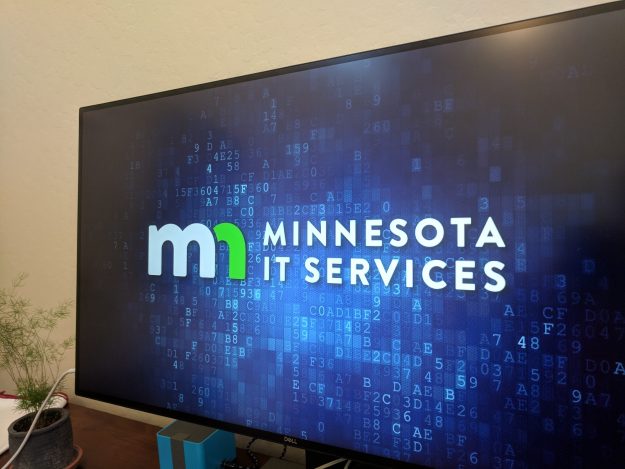There are four audits into Minnesota’s IT agency and its $100 million vehicle licensing and registration system

Minnesota is marking the first anniversary of its new Licensing and Registration System this month, and it’s not a particularly happy birthday. Since launching, it’s been plagued by frequent malfunctions that officials say will require millions of dollars in additional funding to fix completely. And now it faces a series of audits from the state Office of the Legislative Auditor that will determine the future of the system — which has already cost taxpayers more than $100 million — and the IT agency that created it.
The audits were first reported by the St. Paul Pioneer Press.
The auditor’s office has four separate investigations into the system, called MNLARS for short, and Minnesota IT Services, or MNIT. Judy Randall, the official overseeing the audits, told StateScoop that for her office to give a single government program this level of attention speaks to its importance.
“It’s kind of looking at ‘how did we get into this mess?’ and looking at who knew what when and ‘have we been doing the best we could be doing to make things right?'” Randall said.
Three for the system
Three audits target MNLARS directly. The first is a financial review to ensure that when a transaction occurs — a new vehicle registration, for instance — the money collected is the correct amount and is distributed to the right office. The second is an IT audit by a team that includes former MNIT personnel.
Finally, Randall is conducting an overall review of MNLARS, which she called a “post-mortem,” to discover how after spending more than $100 million dollars on a new system, the state IT agency is still struggling to get it working properly. After receiving an additional $9.6 million from the legislature in March to continue repairs, MNIT’s most recent quarterly report showed MNLARS still has 163 defects, performance issues or missing features. The agency is asking for an additional $33 million to finish repairs.
“Best case scenario, everyone’s been doing everything they should be doing and is making the right decisions. The worst case is that’s not happening,” Randall said. “Usually, people try hard so I don’t expect to see people not trying hard, but clearly things didn’t go the way we had hoped.”
Essentially, Randall explained, the post-mortem will be an audit MNIT’s decision-making processes. Auditors will look at who made decisions, what information was used to make those decisions, and whether the agency was as forthcoming with the legislature as it should have been at its most critical decision points.
Paul Meekin, a former MNLARS project leader who was fired in March for his involvement with the project, was shown to have known of at least 70 errors before the system’s launch, according to an external audit commissioned by MNIT.
One for the office
The final audit is an evaluation of MNIT itself. Auditors will determine whether the IT agency, which was created under a different name through an organizational consolidation in 2011, is adequately providing services to the state’s 64 executive-branch entities.
The MNIT audit comes after a proposal in March by Republican State Sen. Julie Rosen to eliminate the statewide agency and move IT functions under the state’s Department of Administration.
“We are spending way too much money, no accountability. You ask questions, they can’t answer them,” Rosen said of MNLARS and MNIT at a March 5 hearing.
Minnesota Chief Information Officer Johanna Clyborne, who also serves as MNIT’s commissioner, responded that Rosen was having a “knee-jerk reaction,” and asked for more time to implement the agency’s plan. Clyborne told StateScoop last month that her agency is “working hard to deliver as much as possible with the resources we have.”
Clyborne was hired in January with the primary task of fixing MNLARS. Her office did not respond to a request to comment on this story.
IT audits will be delivered on a quarterly basis as long as the system has problems. The results of the financial audit are scheduled for the end of August. The final report on MNLARS is expected by the end of the year. The MNIT audit report, which is scheduled for release in January, will become the main reference material for lawmakers next year when they decide what, if anything, needs to be done with the state’s technology agency.






